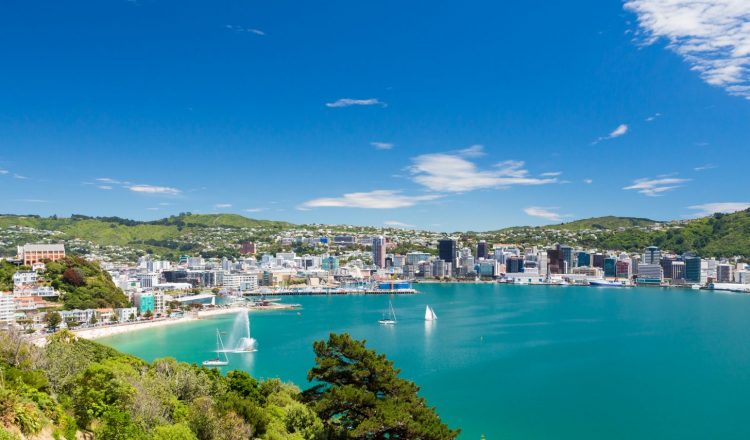新西兰人
随着毛利人、欧洲、太平洋岛屿和亚洲文化的拼凑历史,新西兰已成为熔炉人口,但是新西兰具有一些团结的特征,使其在世界上独一无二。今天,在 440 万新西兰人(非正式称为新西兰人)中,约 69% 是欧洲裔,14.6% 是土著毛利人,9.2% 为亚洲人,6.9% 为非毛利人太平洋岛民。
Pakeha
帕克哈文化(通常是新西兰欧洲文化的同义词)主要来自英国人的文化,特别是 19 世纪在新西兰殖民地的英国定居者。直到 20 世纪 50 年代,许多帕克哈将自己视为英国人民,并与 “英格兰母亲” 保持着牢固的文化联系。然而,人们普遍认为,在新西兰出生的人可能比英国人身体更强大,适应性更强。新西兰早期的农村生活主要是农村生活导致了新西兰人是顽固、勤奋的问题解决者的形象。帕克哈文化的另一个独特特征是平等主义传统,而不是英国的阶级制度。在 Pākehā 文化中,还有来自爱尔兰、意大利和其他欧洲群体的亚文化,以及各种非民族亚文化。
从 1980 年代起,帕克哈开始进一步探索他们独特的传统,并认为新西兰人的文化既不是毛利人也不是英国人。人们对 “kiwiana” 感兴趣 —— 新西兰传统中被视为代表着猕猴桃标志性元素的物品,例如 pōhutukawa(新西兰圣诞树)、pāua-shell 烟灰缸、嗡嗡蜂、菠萝块、口香糖和 Jandals
毛利
毛利人是新西兰的土著居民。他们起源于来自波利尼西亚岛屿东部的定居者,他们在 1250 年至 13000.0—— 毛利人在几次独木舟航行中抵达新西兰。毛利人在几百年中定居了这些岛屿,形成了独特的文化。口述历史讲述了从夏威基(热带波利尼西亚神话般的故乡)乘坐大型远洋独木舟(哇卡)长途航行。毛利神话是由众神和英雄组成的独特主题,分享了一些波利尼西亚图案。重要的数字是兰吉努伊和 Papatūānuku、Māui 和 Kupe。
许多文化活动的核心是 marae,家庭和部落聚集在一起参加特殊场合,例如 pōwhiri 或 Tangi。毛利人经常称自己为 “tāngata Whenua”(土地人),特别重视与陆地和海洋有关的生活方式。公共生活、分享和在土地上生活是强大的传统价值观。
毛利人的独特价值观、历史和世界观通过哈卡、tā moko、waiata、雕刻、编织和 poi 等传统艺术和技能来表达。tapu(意思是禁忌或神圣)的概念也是毛利文化中的强大力量,适用于物体、人类甚至山脉。
其他族裔群体

















































